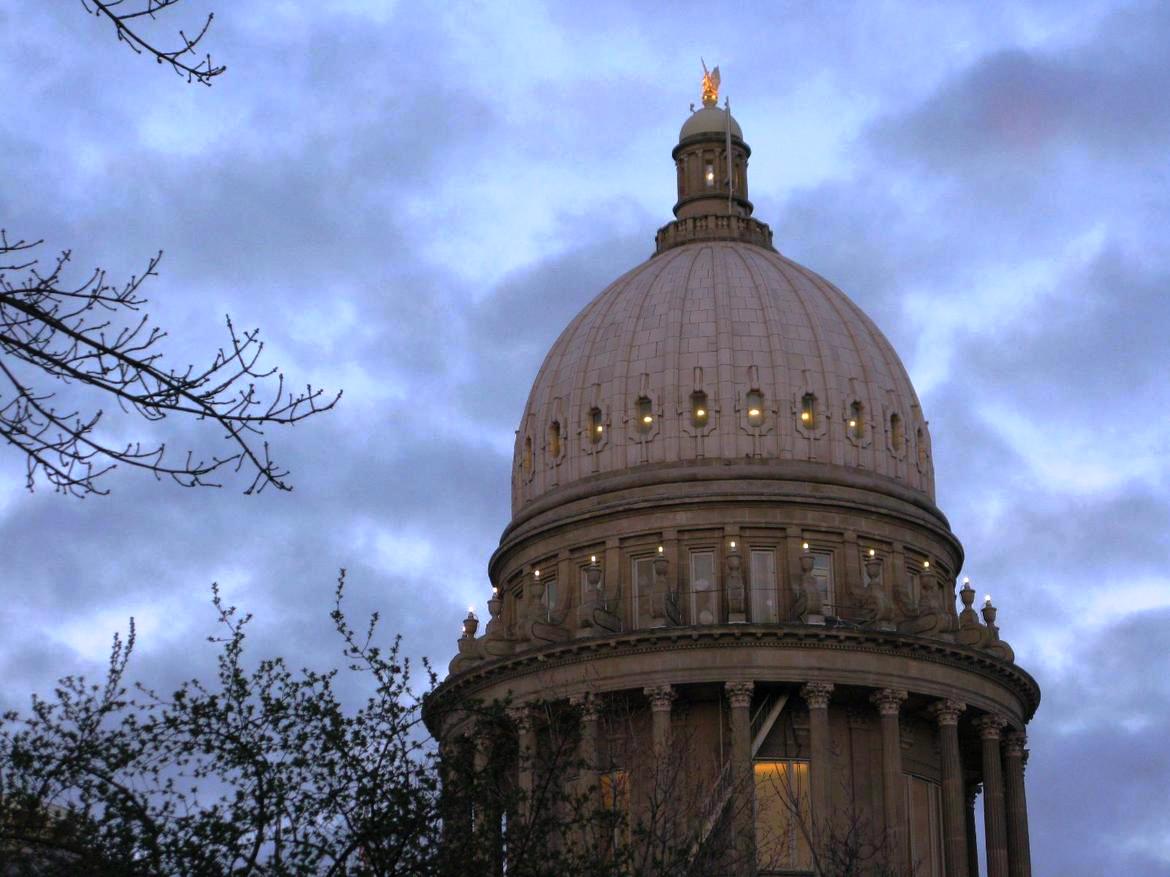jpowell
Bronze Member
Hi guys,
I hate to even ask this question, but can anyone help me with the IBC definition of Hotel? We are having a somewhat ridiculous discussion with lawyers and city planners, revolving around the question of short-term rentals versus hotels. I am trying to find a path in the IBC to show that this particular project is considered a hotel.
Here are some quick details. There is a historic business that the fire marshal and I have designated as an R-1 Hotel. It is a bunch of bungalows on a single lot. It functions as a hotel, with a central phone number, reservation system, etc. Definitely transient. The rooms are separate "cabins". To muddy the waters, each bungalow could technically be called a dwelling because it has sleeping, bathing, and cooking facilities.
Part of my thought process is looking all the various definitions and occupancy types in the IBC. Unfortunately, Hotel is not defined. It seems obvious what a hotel is, but I am wondering if anyone has encountered a similar situation, or has a good method to define it.
I am on the 2018 IBC, but it probably doesn't really matter for the purposes of this discussion.
Thanks in advance,
John
I hate to even ask this question, but can anyone help me with the IBC definition of Hotel? We are having a somewhat ridiculous discussion with lawyers and city planners, revolving around the question of short-term rentals versus hotels. I am trying to find a path in the IBC to show that this particular project is considered a hotel.
Here are some quick details. There is a historic business that the fire marshal and I have designated as an R-1 Hotel. It is a bunch of bungalows on a single lot. It functions as a hotel, with a central phone number, reservation system, etc. Definitely transient. The rooms are separate "cabins". To muddy the waters, each bungalow could technically be called a dwelling because it has sleeping, bathing, and cooking facilities.
Part of my thought process is looking all the various definitions and occupancy types in the IBC. Unfortunately, Hotel is not defined. It seems obvious what a hotel is, but I am wondering if anyone has encountered a similar situation, or has a good method to define it.
I am on the 2018 IBC, but it probably doesn't really matter for the purposes of this discussion.
Thanks in advance,
John

